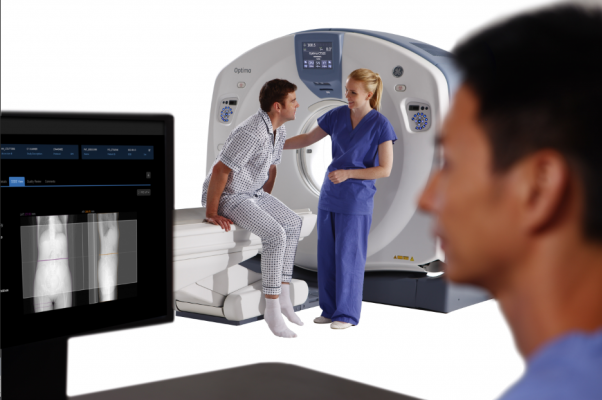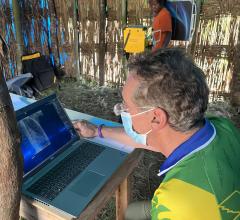
Image courtesy of GE Healthcare
November 6, 2019 — The vacancy rate for radiographers increased to 8.5 percent in 2019, according to the ASRT Radiologic Sciences Staffing and Workplace Survey 2019.
The vacancy rates represent the number of positions that are open and actively being recruited. This year’s radiographer vacancy rate is an increase from the 4.2 percent rate reported in the 2017 staffing survey. In 2019, many disciplines’ reported vacancy rates reached their highest levels in more than a decade, and almost all were higher than their 2017 level. Only cardiovascular interventional technology dropped slightly from 8.7 percent to 7.3 percent.
- Mammography increased from 2.7 percent to 5.6 percent.
- Bone densitometry increased from 1.7 percent to 3.7 percent.
- Computed tomography increased from 4.5 percent to 10.1 percent.
- Sonography increased from 4.3 percent to 9 percent.
- Magnetic resonance increased from 3.9 percent to 8.7 percent.
- Nuclear medicine increased from 2.3 percent to 5.2 percent.
“This year saw an increase in the vacancy rates across most of the disciplines that we are tracking.” said ASRT Director of Research John Culbertson, M.ED, M.A. “However, caution should be taken when interpreting and generalizing this data as a sustained increase. The ASRT will conduct the survey again in 2021 to see if this is indeed a trend.”
In addition to vacancy rates, the report highlights information about workforce turnover and demographics. For example, the average number of full-time radiographers per medical imaging facility remained at 8.7, the same as in 2017. The average number of sonography, nuclear medicine, cardiovascular-interventional and computed tomography technologists per facility increased slightly, while the average number of mammographers per facility fell somewhat from 2017 levels. The average number of full-time MR technologists per facility has remained the same since 2015 at 4.1.
Most of the survey respondents – 57.6 percent – work in hospitals. Another 12.8 percent work in imaging centers. Other types of facilities where respondents work include large and small clinics, physician’s offices, corporate settings and education, among others.
ASRT emailed the biennial survey in July 2019 to 11,094 radiology department managers across the United States. At the close of the survey in August 2019, 405 respondents had submitted completed questionnaires.
For more information: www.asrt.org


 April 18, 2024
April 18, 2024 








